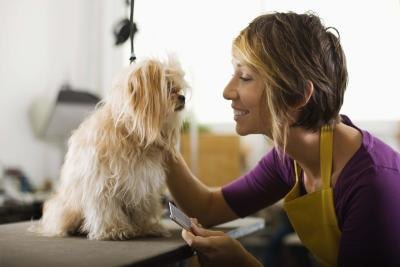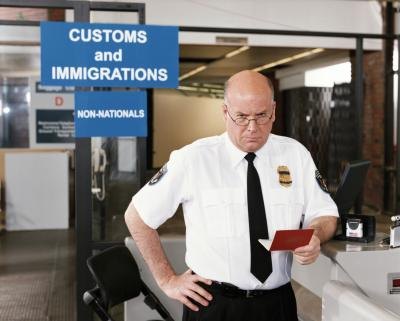How To Make Your Own Pet Collar Business
Despite being hit by the recession in 2009, Americans had already spent the money up to 10.2 million billion dollars for the supply of equipment and drugs for their pets. Sounds amazing is not it?
Speaking of pets, especially dogs and cats (pet largest in America) there will be a gap that businesses can make a lot of money for you there. One is the provision of dogs collars and/or cats collars.
For that, start thinking to start a business from home to make collars for dogs and/or cats. Although we all agree that starting any business is hard work, but remember, there is already a niche market for pet collars and, according to the above statistics, a niche that is willing to spend a lot of money.
What to do
1. Identify the types of pets. Assumptions, the concentration just for dogs so that you can meet the needs of all their descendants.
Types of dogs such as pugs and not greyhounds can use dog collars because their necks and heads have the same size.
For these types of dogs like Whippets and Greyhound does not have to wear a thin collar or tight as it can damage the dog's neck. Minimum width is 2 inches collar, soft collar is the best for this breed and can be made from luxurious fabrics.
2. Gather the necessary equipment. At a minimum you will need a sewing machine, scissors, pins, measuring tape, nylon webbing, buckles and other hardware collars, ribbon, and anything else you want to decorate your collar.
3. Create multiple collars. Make some collars in various sizes and styles until you can make a solid collar and professional products.
4. Determine the business name and registered to the relevant departments. Tips to give a name for your business; choose something short, easy to remember, and relate to your product. After you specify the name of your business, please apply for a business license in your city, especially if you are planning to sell collars within the city limits.
5. Advertise your business. The hard part but it is quite challenging to start a home business such as making and selling pet collars is to let people know you exist.
6. Advantage of the power of the Internet. Opening a virtual shop on etsy.com, make your own website for free at blogger.com or similar sites. Add a signature to email your business advertise your business. Take advantage of social networking sites. Make flyers and post them in a business related to pets such as veterinary offices, groomers and boarding stables.
7. Selling collar you personally. Apply for booth space at any craft fairs in or near your city. If a local animal rescue organization has a large adoption or fundraising event, offering to sell your collar and split the profits with the host organization. Ask church holiday bazaar organizers if they allow non-church members to participate as a seller.
Speaking of pets, especially dogs and cats (pet largest in America) there will be a gap that businesses can make a lot of money for you there. One is the provision of dogs collars and/or cats collars.
For that, start thinking to start a business from home to make collars for dogs and/or cats. Although we all agree that starting any business is hard work, but remember, there is already a niche market for pet collars and, according to the above statistics, a niche that is willing to spend a lot of money.
What to do
1. Identify the types of pets. Assumptions, the concentration just for dogs so that you can meet the needs of all their descendants.
Types of dogs such as pugs and not greyhounds can use dog collars because their necks and heads have the same size.
For these types of dogs like Whippets and Greyhound does not have to wear a thin collar or tight as it can damage the dog's neck. Minimum width is 2 inches collar, soft collar is the best for this breed and can be made from luxurious fabrics.
2. Gather the necessary equipment. At a minimum you will need a sewing machine, scissors, pins, measuring tape, nylon webbing, buckles and other hardware collars, ribbon, and anything else you want to decorate your collar.
3. Create multiple collars. Make some collars in various sizes and styles until you can make a solid collar and professional products.
4. Determine the business name and registered to the relevant departments. Tips to give a name for your business; choose something short, easy to remember, and relate to your product. After you specify the name of your business, please apply for a business license in your city, especially if you are planning to sell collars within the city limits.
5. Advertise your business. The hard part but it is quite challenging to start a home business such as making and selling pet collars is to let people know you exist.
6. Advantage of the power of the Internet. Opening a virtual shop on etsy.com, make your own website for free at blogger.com or similar sites. Add a signature to email your business advertise your business. Take advantage of social networking sites. Make flyers and post them in a business related to pets such as veterinary offices, groomers and boarding stables.
7. Selling collar you personally. Apply for booth space at any craft fairs in or near your city. If a local animal rescue organization has a large adoption or fundraising event, offering to sell your collar and split the profits with the host organization. Ask church holiday bazaar organizers if they allow non-church members to participate as a seller.






